The saga of Donald Trump and his love affair with tariffs continues—this time taking a joyride through the automotive industry.
Our fearless leader decided that foreign cars and car parts need a good old-fashioned 25% tax whack. Naturally, the world’s biggest automakers responded by collectively dropping their jaws like they’d just seen a UFO land in Detroit.
Investors? They hit the eject button so fast you’d think Tesla was running out of batteries. Shares in Toyota, BMW, Jaguar Land Rover, and others took a nosedive faster than a self-driving Uber at an ethics seminar. Even American giants like General Motors weren’t spared, plummeting over 7%. Ouch.
But wait! There’s one golden child who managed to dodge the carnage: Tesla. Yes, Elon Musk’s beloved brainchild somehow ended the day as flat as its minimalist interior design.
Of course, Musk couldn’t resist chiming in on social media (because when does he ever?), reminding everyone that even his magical unicorn company isn’t immune to this tariff tornado. “Important to note,” he tweeted dramatically, “Tesla is NOT unscathed here.” Cue dramatic music.
Apparently, sourcing only 70% of Model Y parts from the U.S. means even Tesla has to play by the rules of global trade. Who knew?
And let’s not forget Patrick Masterson, lead researcher for Cars.com’s American-Made Index, swooping in with some sage wisdom: “No vehicle is 100% U.S.-made.” Mind = blown.
So while Tesla might be top dog on the list, your shiny new electric ride still owes a debt to international suppliers. In short, prepare yourself for sticker shock, America—prices are set to rise anywhere from 4,000 to 12,000 per vehicle. That’s enough to make anyone cry into their steering wheel.
The real kicker? This move could affect 300 billion to 400 billion worth of imports annually. For context, that’s almost 10% of everything the U.S. brings in each year.
Ten percent! It’s like slapping a giant “Made Somewhere Else” label on nearly every tenth item you buy. And guess what happens next? Automakers will either jack up prices or cut back on production, leaving consumers stuck between a rock and a hard place—or rather, a Ford F-150 and a Ferrari.
Speaking of Ferraris, those fancy Italian stallions wasted no time announcing a cool 10% price hike. Because nothing says “luxury” quite like paying extra for something you can barely park without scraping the curb.
Meanwhile, Jaguar Land Rover and Porsche are sweating bullets, wondering if they should scale back operations in their home countries. Translation: Jobs could vanish faster than a Lamborghini accelerating from zero to sixty.
Now, before we all start sobbing into our cupholders, let’s give credit where it’s due. White House did throw a tiny bone to Mexico and Canada by temporarily exempting them from the madness. Phew! Crisis averted…for now. But don’t celebrate too soon—General Motors alone is staring down the barrel of a $10.5 billion cost increase. Ford? A comparatively modest $2 billion—for now. By the time part tariffs kick in, though, that number will balloon faster than a tire hitting a nail.
Jennifer Safavian, president of Autos Drive America, summed it up perfectly: “They’re trying to digest this.” Oh, honey, I feel you. Trying to wrap your head around these tariffs is like trying to assemble IKEA furniture without instructions. Painful, confusing, and ultimately futile.
Trump, ever the optimist, insists these tariffs will boost America’s manufacturing base. Sure, Donny, sure. Because nothing screams “economic prosperity” like making cars more expensive and less accessible. Forget trickle-down economics; this is straight-up avalanche economics.



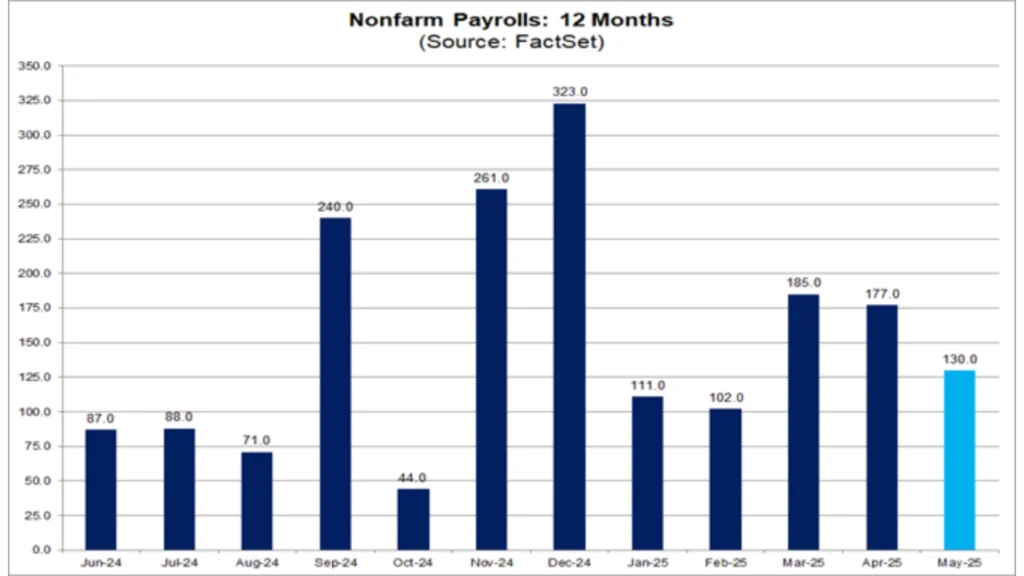
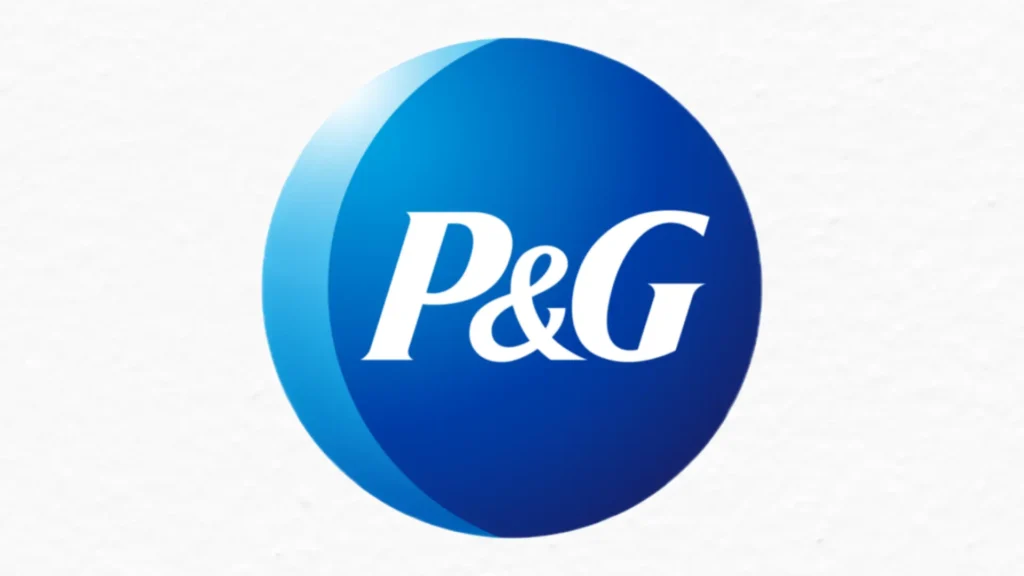

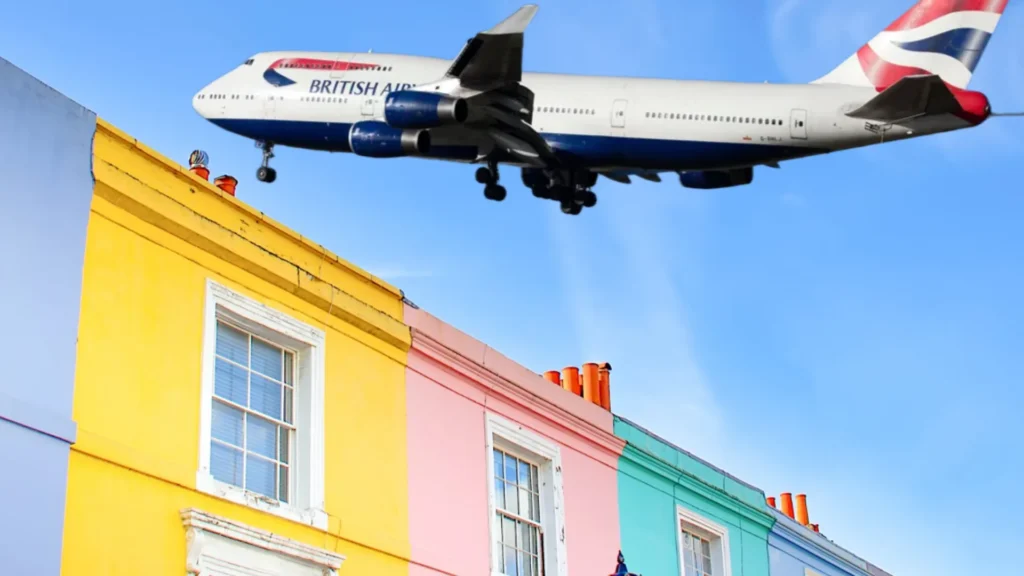



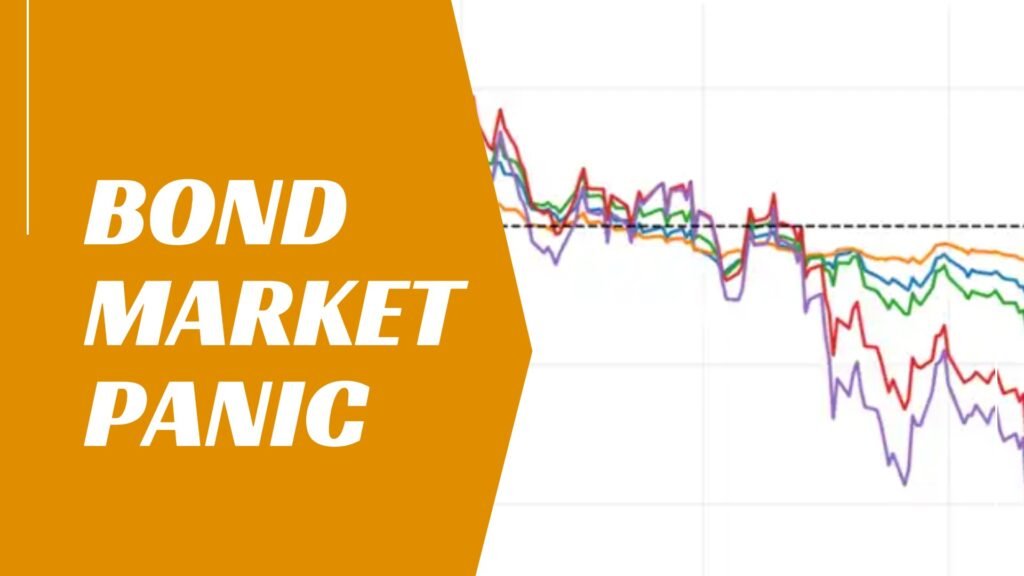
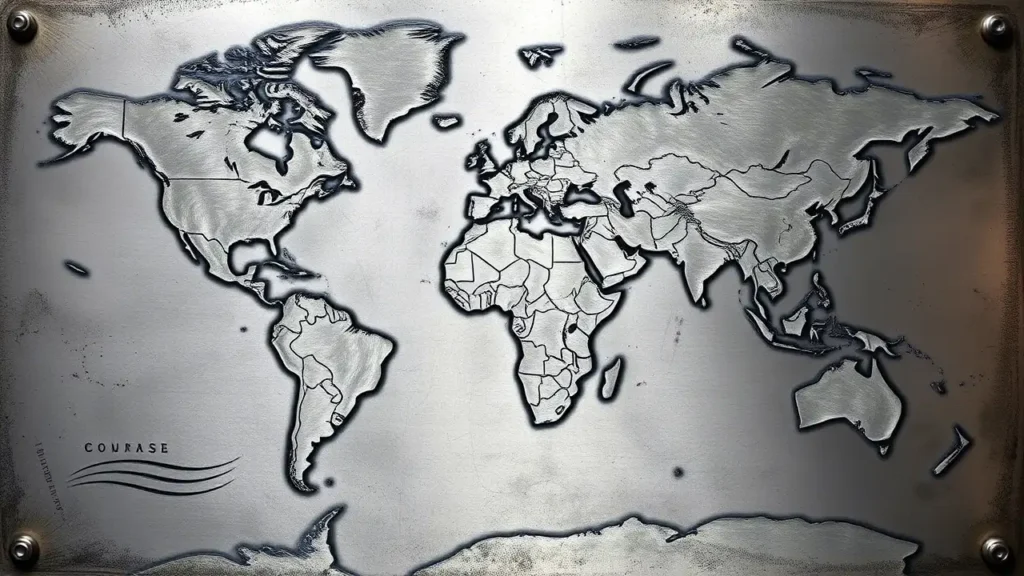
Leave a Reply